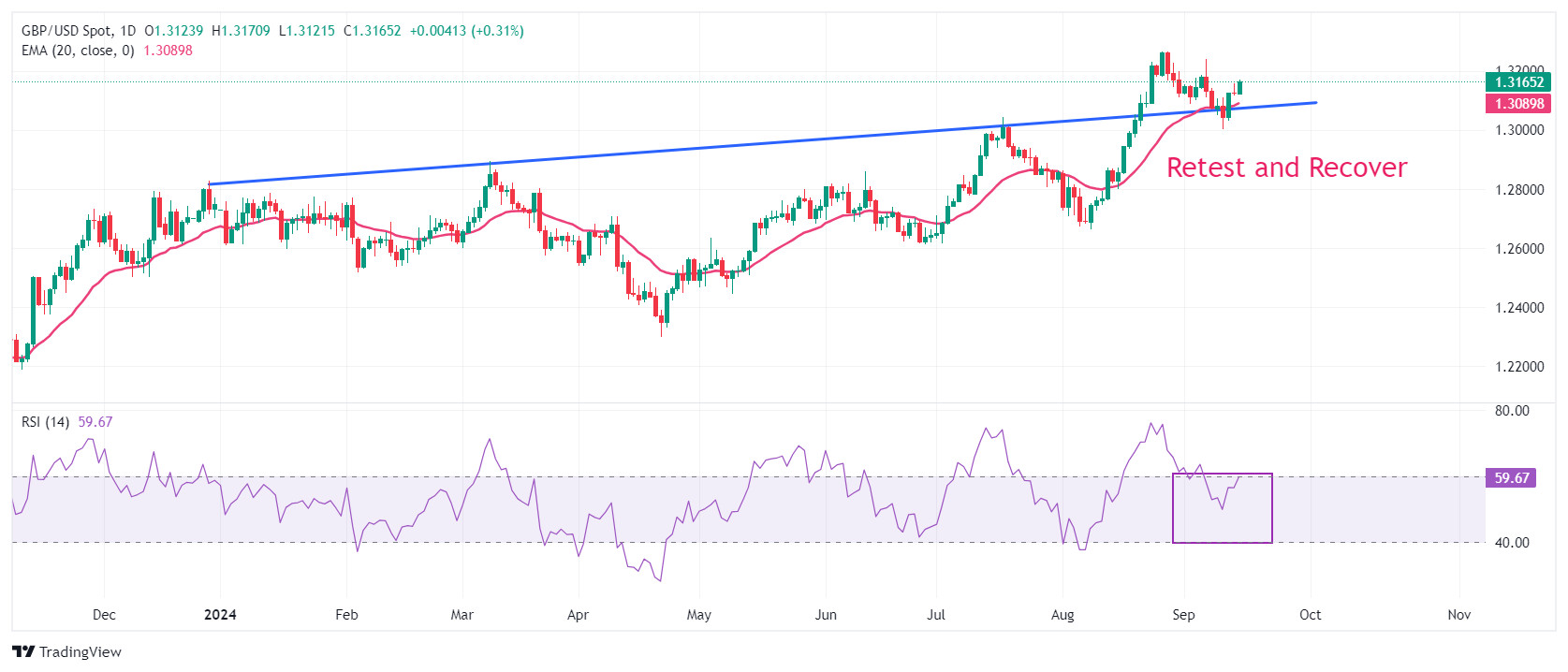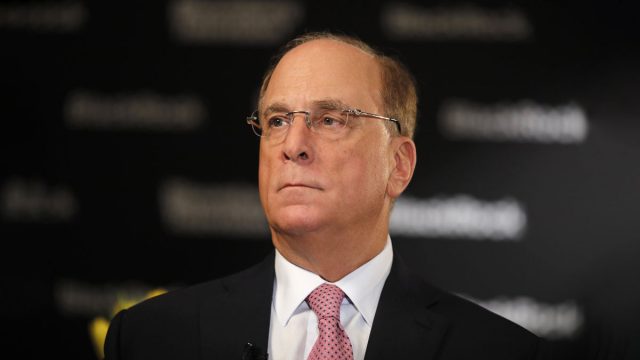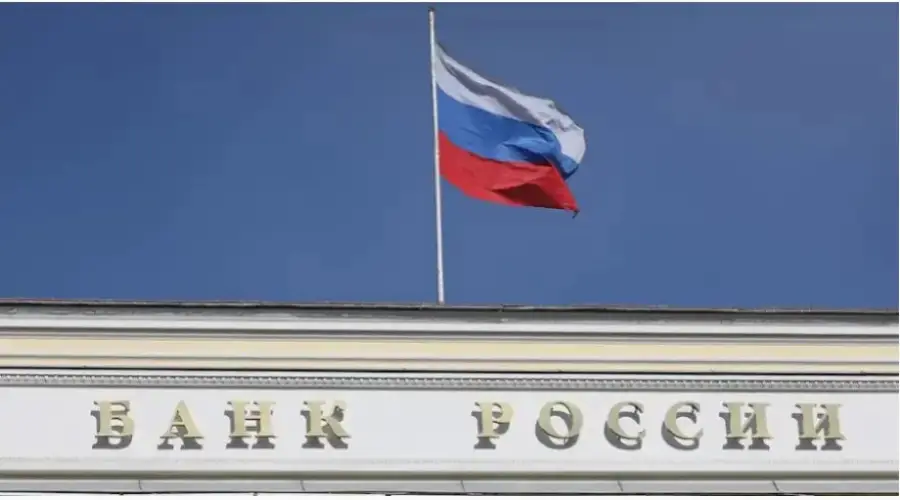- The British Pound is up near 1.3160 against the US Dollar amid upbeat market sentiment.
- Investors expect the BoE to leave interest rates unchanged at 5% on Thursday.
- Traders remain divided on the size of the Fed’s likely rate cut.
The British Pound (GBP) is performing strongly against its major peers at the start of the week, supported by the improved attractiveness of risk-on currencies and a weakening US Dollar, which is under pressure from growing prospects that the Federal Reserve (Fed) will opt for a large interest rate cut on Wednesday.
Firm prospects for a Fed rate cut have weighed on the US Dollar (USD), with the US Dollar Index (DXY), which tracks the value of the Greenback against six major currencies, posting a fresh weekly low near 100.80.
On the UK front, the British Pound will be guided by the Consumer Price Index (CPI) data for August and the Bank of England (BoE) monetary policy decision, which are scheduled for Wednesday and Thursday, respectively.
Economists estimate that the UK’s annual core CPI, which excludes volatile components, has grown at a faster pace of 3.5% from 3.3% in July, with headline inflation rising steadily by 2.2%. Investors will also focus on UK services inflation data, a closely watched indicator by BoE officials that has remained elevated.
Inflation data will significantly influence market speculation about the BoE’s interest rate policy. Currently, financial market participants expect the BoE to leave interest rates unchanged at 5% and expect it to make only one additional rate cut in the remainder of the year.
Daily Market Movers Roundup: Sterling Outperforms Major Peers
- The British Pound jumps near 1.3160 against the US Dollar in the London session on Monday. The GBP/USD pair gains as investors expect the BoE’s policy easing cycle to be less hawkish than that of the Fed.
- The Fed is almost certain to start cutting interest rates on Wednesday. However, traders remain divided on whether the size of the rate cut will be 25 or 50 basis points (bps). According to the CME’s FedWatch tool, the probability of the Fed cutting interest rates by 50 bps to 4.75%-5.00% in September has risen sharply to 61% from 30% a week ago.
- Market speculation about a big Fed rate cut has strengthened following the release of the August Producer Price Index (PPI) report, which showed headline producer inflation decelerated at a faster-than-expected pace to 1.7%. Some media reports have also contributed to expectations that the Fed could opt for a big cut.
- Ahead of the Fed policy announcement, investors will focus on US retail sales data for August, due on Tuesday. Retail sales data, a key measure of consumer spending, is estimated to have grown 0.2%, slower than the 1.0% increase seen in July.
Technical Analysis: British Pound Rises Near 1.3160
The British Pound is gaining near 1.3160 against the US Dollar. The GBP/USD pair is extending its recovery after a corrective move near the trend line drawn from the high of December 28, 2023 at 1.2828, from where it delivered a strong rise after a breakout on August 21. Moreover, the 20-day exponential moving average (EMA) near 1.3080 has acted as a major support for the British Pound.
The 14-day Relative Strength Index (RSI) reaches 60.00. A new round of bullish momentum could occur if the oscillator breaks above this level.
Looking up, Cable will face resistance near the round-level resistance of 1.3200 and the psychological level of 1.3500. On the downside, the psychological level of 1.3000 emerges as crucial support.
The British Pound FAQs
The Pound Sterling (GBP) is the oldest currency in the world (886 AD) and the official currency of the United Kingdom. It is the fourth most traded currency unit in the world, accounting for 12% of all transactions and an average of $630 billion a day, as of 2022.
Its key currency pairs are GBP/USD, also known as the “Cable,” which accounts for 11% of the forex market, GBP/JPY, or the “Dragon” as it is known to traders (3%), and EUR/GBP (2%). The British Pound is issued by the Bank of England (BoE).
The most important factor influencing the value of the British Pound is the monetary policy decided by the Bank of England. The Bank of England bases its decisions on achieving its main objective of “price stability”, i.e. a stable inflation rate of around 2%. Its main tool for achieving this is the adjustment of interest rates.
When inflation is too high, the Bank of England tries to contain it by raising interest rates, making credit more expensive for individuals and businesses. This is generally positive for the GBP, as higher interest rates make the UK a more attractive place for global investors to park their money.
When inflation is too low, it is a sign that economic growth is slowing. In this scenario, the BoE will consider lowering interest rates to make credit cheaper, so that companies borrow more to invest in growth-generating projects.
The data released gauges the health of the economy and can influence the value of the Pound. Indicators such as GDP, manufacturing and services PMIs, and employment can influence the direction of the Pound.
A strong economy is good for the British Pound. Not only does it attract more foreign investment, but it may encourage the Bank of England to raise interest rates, which will directly strengthen the British Pound. Conversely, if economic data is weak, the British Pound is likely to fall.
Another significant indicator for the pound is the trade balance. This indicator measures the difference between what a country earns from its exports and what it spends on imports during a given period.
If a country produces highly sought-after exports, its currency will benefit exclusively from the additional demand created by foreign buyers who wish to purchase these goods. Therefore, a positive net trade balance strengthens a currency and vice versa for a negative balance.
Source: Fx Street
I am Joshua Winder, a senior-level journalist and editor at World Stock Market. I specialize in covering news related to the stock market and economic trends. With more than 8 years of experience in this field, I have become an expert in financial reporting.








